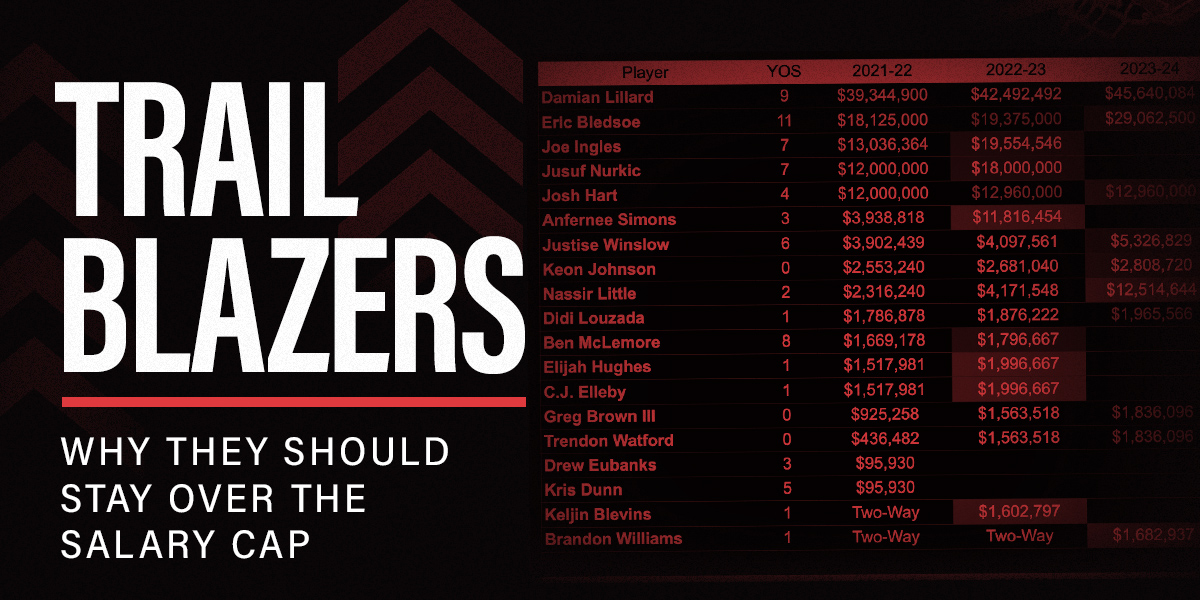
Just because a team can go under the salary cap doesn’t mean they should.
This July, the Portland Trail Blazers may face that decision with just $65.2 million in guaranteed salary locked in for the 2022-23 season. The NBA has a salary cap projection of $121 million, so the franchise would undoubtedly have a massive amount of space, right?
Perhaps, but the Blazers may actually have greater spending power operating as a team above the cap.
Path as a Room Team
Portland’s first step to getting significantly under the cap would be waiving Josh Hart ($13 million non-guaranteed) and Eric Bledsoe ($3.9 million of $19.4 million guaranteed). If cap space were the ultimate goal, the team would need to rescind the rights to its top free agents like Anfernee Simons (restricted), Jusuf Nurkic and Joe Ingles.
Reducing the roster to just six players under contract (Damian Lillard, Nassir Little, Justise Winslow, Keon Johnson, Didi Louzada and Greg Brown III), a first-round pick (perhaps No. 7) and an additional first from the New Orleans Pelicans (for CJ McCollum, assuming No. 12 for now) could be enough to reach $43-45 million in cap space.
That’s enough to offer a maximum contract to almost any player. The price range starts at a projected $30.3 million for a player like Deandre Ayton (0-6 years of service), $36.3 million Zach LaVine (7-9 years of service) or $42.4 million for Bradley Beal (10+ years of service), provided Beal opts out of the final year of his contract.
Keeping Simons, who has impressed in his fourth year, should be a priority. As a restricted free agent, he’ll have a cap hold of $11.8 million. If he agrees to re-sign at a higher salary than that hold, the team can first use cap space on other players before paying Simons.
The $11.8 million is essentially the price the Blazers need to account for to retain Simons’ rights, which would drop the team’s projected cap space to ~$32-35 million. Additionally, the Blazers would also have its room mid-level exception at roughly $5.3 million (in the first season, two-year maximum).
While trades could change the equation, Portland projects to have about $37-40 million to spend while keeping Simons. The rest of the roster would round out with players on minimum contracts.
Over is Better
The Blazers have one of the largest traded player exceptions (TPE) in the NBA, but that would be lost if the team decided to drop under the salary cap.
In addition to the $20.9 million TPE for McCollum, the Blazers also have a $6.5 million TPE for Robert Covington (via the Los Angeles Clippers) and $3.3 million for Nickeil Alexander-Walker (via the Utah Jazz). That’s a combined $30.6 million that the Blazers would need to renounce for cap space that would be better much served as trading tools (available until near the next deadline in February).
Also, Hart was a significant get in the McCollum trade. He’s a bargain at his current salary for the Trail Blazers, averaging almost 20 points a game. Like Simons, keeping Hart should be a priority.
The question of reinvesting in Nurkic and/or Ingles (coming off a knee injury) is more subjective, but the team has the right to pay whatever is needed to retain them. That, too, is lost if they are renounced for cap space.
Bledsoe may or may not have value in trade with his partially-guaranteed contract. Portland will have to gauge the market. If not, the team may waive him with his small guarantee at $3.9 million or choose to stretch that amount out over three seasons at $1.3 million. That may be necessary if the team is nearing the projected $147 million luxury tax line.
As a team over the cap, the Blazers would have the full non-taxpayer mid-level exception (~$10.3 million starting, four years max) or the smaller taxpayer mid-level (~$6.3 million starting, three years max) depending on the team’s total salary. The former would only be available if Portland keeps its total payroll below the projected $153.6 million apron. If so, it would also have the bi-annual exception (~$4.0 million starting, two years max).
The decision ahead is up to the Blazers, but staying over the cap is the better choice on paper. The team should look for opportunities with up to $15 million in free-agent exceptions and almost $31 million in trade exceptions. That rivals the spending power it would have under the cap while also providing the flexibility to keep Hart, re-sign Simons and, if desired, Nurkic and Ingles.
Staying over the cap may also help the team retain some of its younger players like CJ Elleby, Elijah Hughes and two-ways Keljin Blevins and Brandon Williams.
Email Eric Pincus at eric.pincus@gmail.com and follow him on Twitter, @EricPincus.



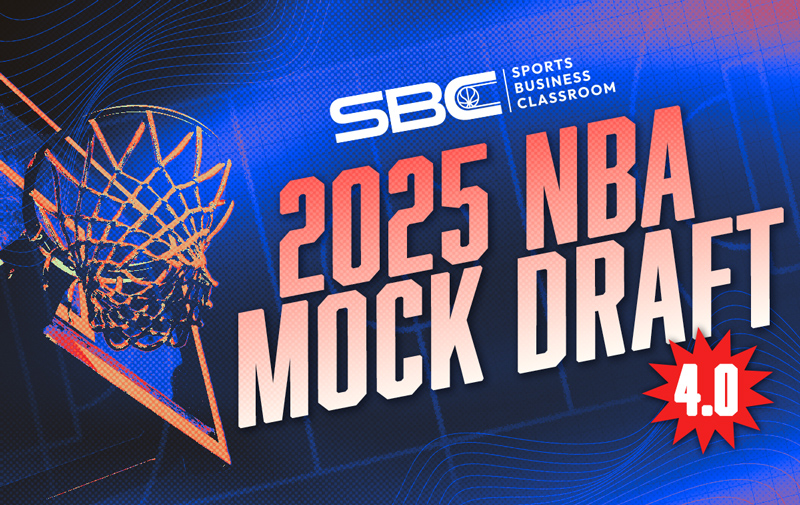
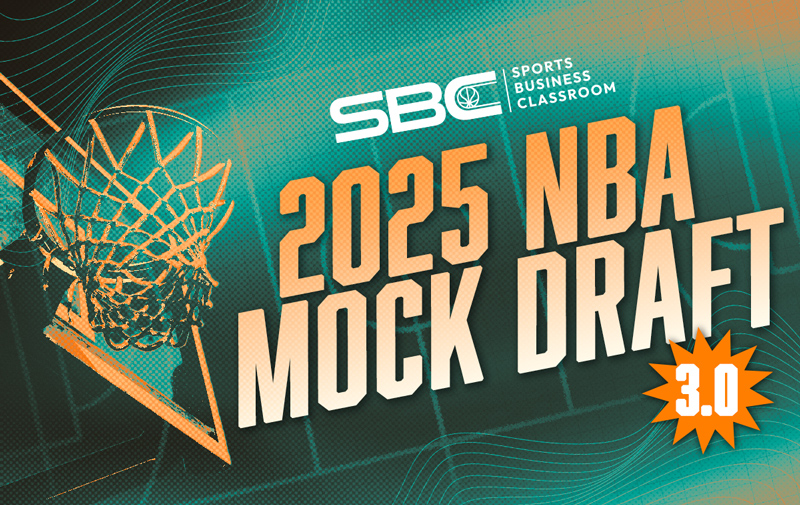
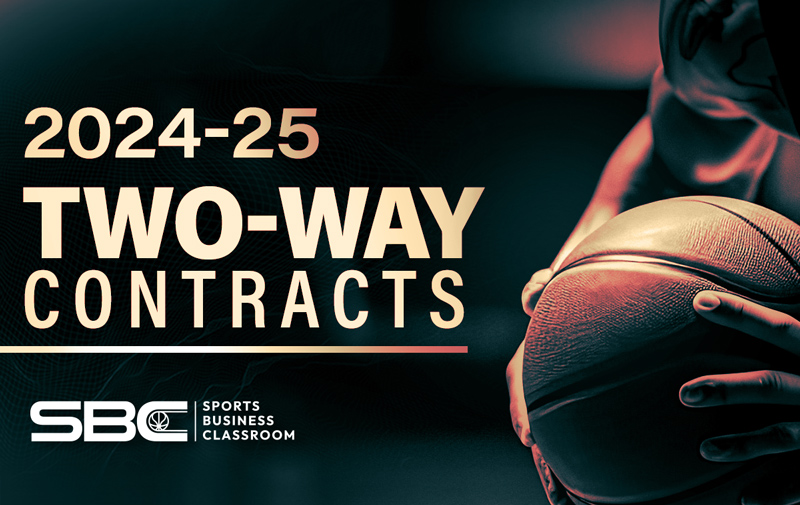
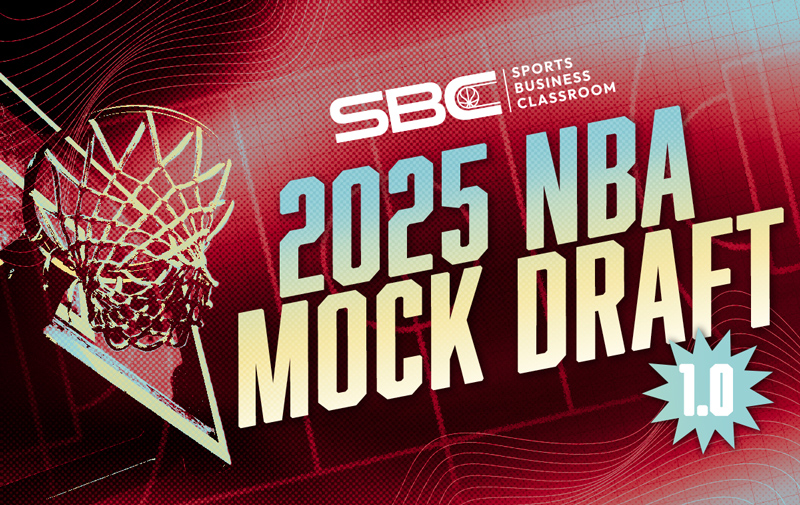
Leave A Comment